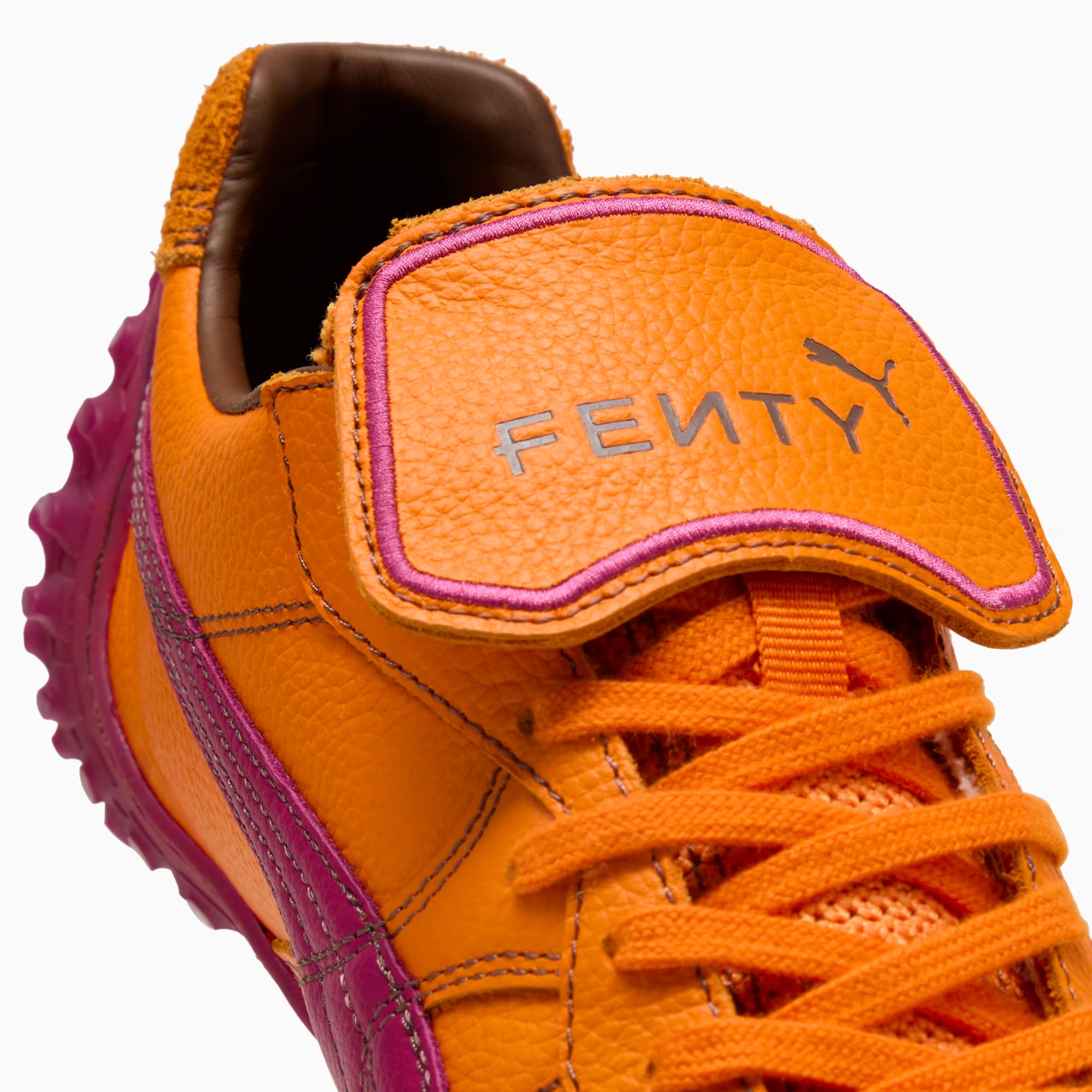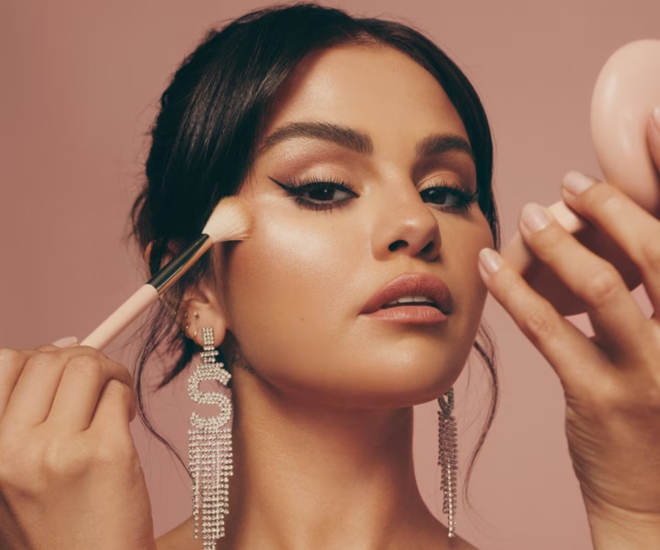Why is it so crucial for brands to create a community? Part of this necessity is about establishing brand authority within their space. Think of Coke versus Pepsi, Nike versus Adidas or Apple versus Samsung — each side promotes the unique advantages of its products, but at their core, a carbonated drink is a carbonated drink, a sports shoe is a sports shoe while a smartphone is a smartphone. While proprietary technologies certainly differentiate products in 2025, a brand’s lasting success hinges partially on technical innovation but more so on its ability to consistently market new iterations to both loyal followers and fresh audiences. Personalised Diet Coke bottles with loved ones’ names, limited-edition Adidas sneakers or the latest iPhone model are not just about filling a gap in the market. Instead, they are about creating a dedicated community of consumers who eagerly anticipate each new release, driving a sense of belonging and loyalty that transcends the product itself. At the heart of these efforts lies a deeper truth, which is that many brands leverage the language of community to drive profit — ultimately prioritising commodity over genuine connection.
In recent years, the word “community” has become a cornerstone of brand marketing — particularly in the sportswear, beauty and technology industries, where inclusivity and personal connection are powerful selling points. However, the line between genuine community-building and commercial exploitation can be blurry. Beauty brands like Fenty Beauty and sportswear brands like Gymshark have managed to foster real, emotionally resonant connections by focusing on inclusivity as a core value rather than just a marketing tactic.
Fenty, for example, has built a loyal following by celebrating diversity in its product lines, shifting the narrative from celebrity-driven branding to a broader sense of belonging. This approach has resonated deeply, not just because people aspire to be like Rihanna — but because they feel included in her orbit, regardless of their background or identity. Yet, at the core, this inclusivity is also a powerful business tactic, turning personal connection into brand capital. It is a sophisticated form of commodity, where identity and belonging become assets to be monetised.


This strategy became particularly evident in Fenty’s collaboration with Puma, where the worlds of beauty and athletic wear intersect. Both industries thrive on fostering passionate, loyal communities — Fenty with its focus on inclusivity and self-expression and Puma with its emphasis on performance and youth culture. By combining these two distinct yet complementary communities, the collaboration created a cross-industry cultural moment that transcended traditional brand boundaries, turning their joint releases into something of a status symbol. The partnership also leveraged Rihanna’s star power, tapping into her expansive, diverse fanbase to bridge the gap between high fashion and street style, demonstrating the commercial power of aligning communities across different sectors.

Gymsharks’ direct-to-consumer approach allowed the brand to build a more personal relationship with its audience. When the brand was first started, founder Ben Francis would send products to his favourite YouTube fitness creators, encouraging them to share honest feedback and promote the brand if they felt a genuine connection. This approach was successful because Gymshark was marketed as a lifestyle and a movement rather than a brand that was just selling clothes — something that deeply resonated with the sporting community.


Gymshark’s marketing strategy leans heavily on hyperrealised visuals, presenting a polished and aspirational image that blurs the line between fitness goals and unattainable perfection. From impeccably toned athletes in curated workout settings to the brand’s sleek, high-energy website, every visual element is designed to sell not just apparel, but a lifestyle. This approach fosters a sense of aspiration but also risks alienating everyday consumers who may feel disconnected from the brand’s idealised aesthetic.
Gymshark successfully transformed itself from a niche fitness brand into a multimillion-dollar empire — proof that even the most community-driven narratives are often carefully engineered to convert loyalty into long-term profit. That being said, what Gymshark at times forgets is that by aligning itself with aspirational personalities and fitness influencers, it risks alienating a significant portion of its audience who do not see themselves reflected in the carefully curated, hyper-motivated image the brand projects — potentially undermining the very sense of inclusivity it claims to champion. In this sense, the brand’s community is both an asset and a commodity — a relationship built on shared values but ultimately leveraged for profit.

In 2023, social commentator Abbie Coslett noted that Gymshark has long relied on immersive, in-person experiences to strengthen its community. By participating in fitness events and hosting meet-ups featuring fitness influencers and brand ambassadors, the brand creates opportunities for face-to-face connections, reinforcing its position as more than just a retailer. One of its most ambitious efforts was the 2016 Gymshark World Tour — a global event documented in real-time on YouTube — which generated significant buzz and fostered a deeper sense of belonging among its fans. However, these experiences — while meaningful — are also targeted marketing tactics designed to convert emotional connection into long-term brand loyalty and ultimately, profit. This reveals a recurring tension within modern branding — the balancing act between cultivating genuine connections and maintaining a heavy focus on sales and profit margins.


Moving away from sporting activities, beauty brands have also increasingly leaned into the power of immersive pop-ups to foster a sense of community and brand loyalty. These carefully curated experiences go beyond just selling products, creating sensory environments that invite consumers to live the brand’s ethos. From Charlotte Tilbury transforming Singapore’s Tiong Bahru “The Lawn” into the Charlotte Tilbury Pillow Talk Love Playground — encouraging fans to “bring your besties, lovers and beauty soulmates to experience the Pillow Talk love effect” — to Maison Margiela Fragrances’ immersive “House of Memories” pop-up and café concept, these experiences do more than just showcase products. They invite consumers to step into the brand’s universe, transforming casual shoppers into brand evangelists by creating lasting, emotionally resonant moments that reinforce brand loyalty. They also offer the opportunity for social media content, amplifying the brand’s reach and reinforcing the emotional connection that underpins long-term customer loyalty.
Behind The “Face” of The Brand


Selena Gomez launched Rare Beauty in September 2020. “We really tried to absorb as much as we could about what makes her so special and why people love her so much and that’s kind of where the essence started,” said chief digital officer Mehdi Mehdi to WWD. According to WWD, a major pillar of Rare Beauty’s success has been its commitment to driving meaningful conversations around mental health, encouraging both brands and consumers to openly discuss issues like pressure, stress and anxiety. Unlike many traditional beauty brands, Rare Beauty embraces an ethos of self-acceptance — prioritising natural enhancement over heavy contouring and dramatic transformations. In line with this mission, the brand donates one percent of all sales to the Rare Impact Fund — a nonprofit initiative aimed at expanding mental health awareness and services, particularly in underserved communities, with a goal of raising USD 100 million over the next decade. However, this mission-driven narrative — while compelling — is also a business strategy. The brand’s meteoric rise is not just a testament to Gomez’s influence, but also to the commercial power of aligning social values with product sales — a potent example of leveraging community as commodity.

Fast forward to April 2025 and Jing Daily’s beauty editor Lisa Nan reports that Hailey Bieber and Selena Gomez are reportedly exploring potential exits from their respective beauty brands, Rhode and Rare Beauty, which could be valued at approximately USD 1 billion and USD 2 billion, respectively. Sources indicate that financial heavyweights like JP Morgan, Moelis and other unnamed advisors are involved in these discussions. Industry experts like Mario Ortelli — managing partner at Ortelli & Co — have noted that this timing is not accidental. As he explained, many of these celebrity-led brands — including Rhode (launched in 2022) and Rare Beauty (founded in 2020) — are reaching a critical juncture where they must either secure institutional backing to scale or risk stagnation. “That’s why they are all on the market now,” he said, pointing to the need for fresh capital as these brands move beyond their direct-to-consumer roots.
However, the high valuations — reportedly USD 2 billion for Rare Beauty and USD 1 billion for Rhode — have sparked debate. While strong brand loyalty and effective social media marketing have driven rapid growth, some analysts caution that these figures may reflect a bubble. Zarina Kanji — managing director for UK and Europe at WPIC Marketing + Technologies — noted that with economic uncertainties in 2025, this could be an opportune moment for founders to cash out.
This rush to exit also raises concerns about whether these moves are more about cashing out at peak valuations than sustaining the values that initially attracted loyal customers. For consumers who genuinely believe in Rare Beauty’s mission and the authentic conversations it has fostered around mental health and self-acceptance, the prospect of a sale driven primarily by profit can feel like a betrayal. There is a risk that new ownership — often focused on maximising returns — could dilute the brand’s original ethos, prioritising growth and shareholder value over the community and the causes it once championed. In this way, what began as a meaningful movement may be reduced to little more than another commercial asset — leaving consumers questioning the authenticity behind the brand they once trusted.
Mindful Marketing vs. Profit-Driven Hype

Consumers should recognise that celebrity make-up lines and fashion collections are often brand extensions, designed to leverage existing fan loyalty. These ventures — which often enter already saturated markets — rely on the allure of familiar faces to carve out a unique space. However, turning star power into sustainable success demands more than just name recognition. It requires a compelling USP that differentiates the brand from countless other options, often by leaning into the celebrity’s personal narrative or values. For instance, Rare Beauty’s focus on mental health and self-acceptance or Rihanna’s Fenty Beauty with its inclusive shade ranges demonstrate how a strong, mission-driven ethos can create a lasting brand identity, transforming fleeting fan interest into long-term brand loyalty.
The success of fashion labels such as streetwear powerhouse Supreme and lingerie brand Parade highlights how building a dedicated community — where consumers connect with a brand’s identity as much as its products — can drive significant growth. This approach is especially effective in the beauty sector, where products often hold a more personal meaning for buyers. Direct-to-consumer brands like Glossier have leveraged this connection by actively engaging with their audience, using customer feedback to inform product development and foster a loyal following. This ongoing dialogue between brand and consumer has been a powerful catalyst for rapid expansion.
In the end, the line between genuine community-building and calculated commercial strategy remains thin. While these communities can foster powerful emotional connections and fuel brand loyalty, they are, at their core, carefully crafted narratives designed to drive profit.
For more on the latest in opinion and business reads, click here.

